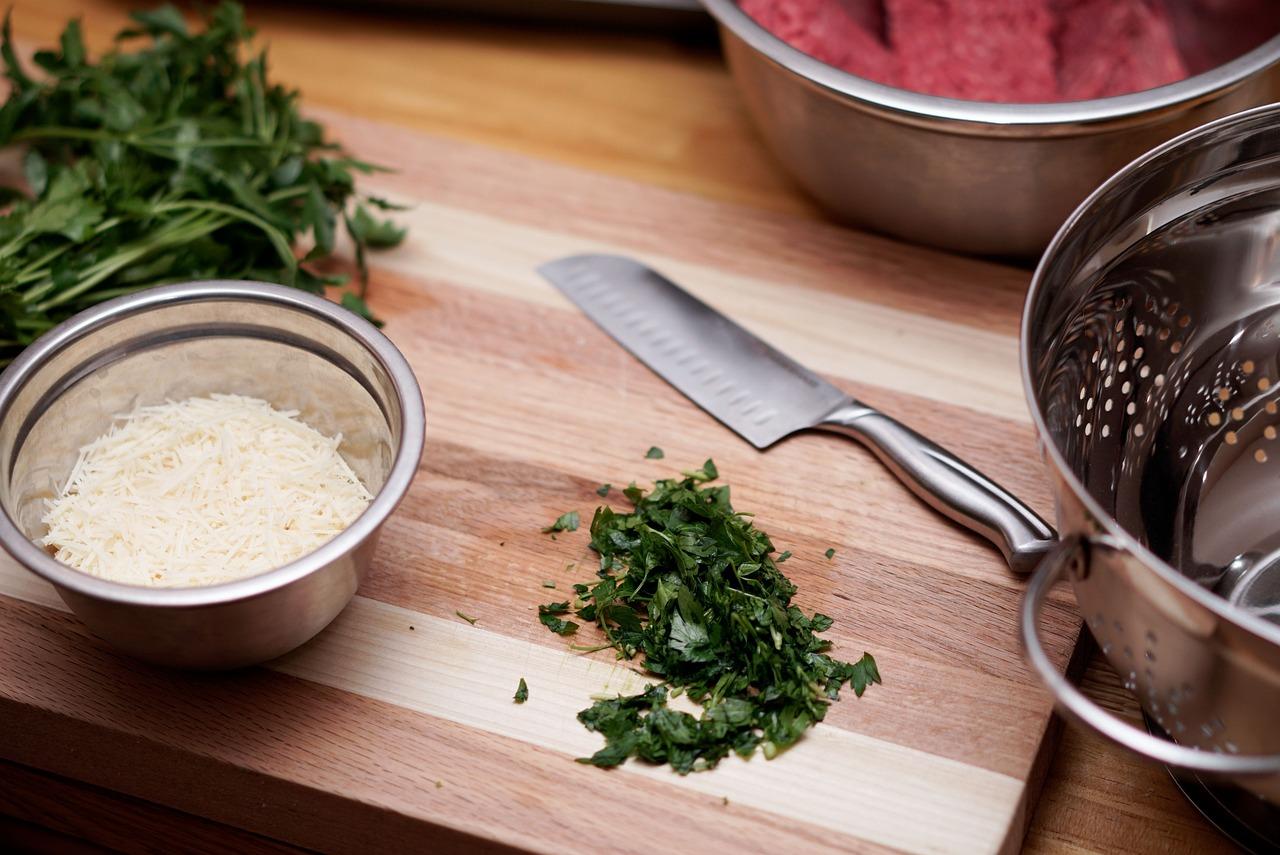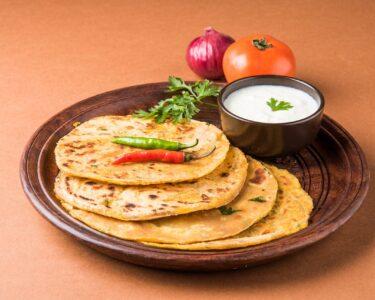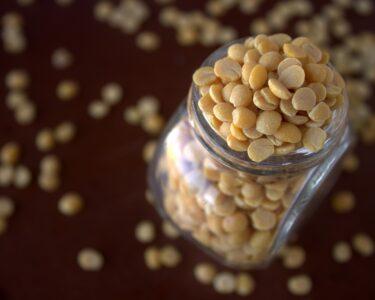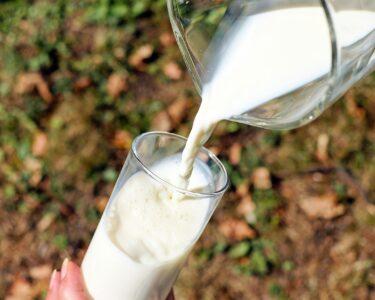Life is complicated as soon as you are diagnosed with chronic kidney disease. Be it hemodialysis or peritoneal dialysis, numerous diet restrictions and dialysis routine make your life different than any other person. You must be having numerous doubts related to your regular Indian diet. This blog – Indian diet for dialysis patients- is going to focus on 4 basic questions –
- Why a particular type of food is important?
- What are the foods in a particular category is safe for you?
- What are the foods you need to avoid as much as possible?
- How to eat few specific foods to make it absolutely safe for your body?
Why a planned Indian diet is important for a dialysis patient?
The major role of the kidney is to remove all the excess water, toxins, salt, chemicals, and unwanted particles from your body to keep it clean. Since your kidney fails to perform, you have been given artificial support to do the same job.
What happens in hemodialysis and peritoneal dialysis?
In hemodialysis, your blood is passed through an artificial kidney (hemodialyzer) for regular cleaning. Therefore you need to visit the hospital once or a few times every week to do this cleaning procedure for 4 hrs.
In peritoneal dialysis, a specific fluid (dialysate) is passed to your belly (peritoneal cavity) through a plastic tube. This fluid collects all the toxins, chemicals, etc, and comes out of your body through another channel. You don’t need to visit the hospital as this procedure can be done at home. The doctor may prescribe you to run this a few times a day depending on your condition.
Nutritional need during dialysis
Dialysis is life-saving for many. However, the process is not as smart as your original kidney. During dialysis, your body loses a portion of protein, vitamins, and minerals along with unwanted toxins, fluid, and chemicals. Therefore, protein, vitamin (especially vitamin B complex), mineral deficiency, electrolyte imbalance, etc are common as side effects.
There is hormonal imbalance, inflammation already presents in the body. Patients often have a loss of appetite and are not ready to eat. On the other hand, with every dialysis, they tend to lose some nutrients. Therefore if the energy and nutrition are not restored immediately, there is hardly any chance to make up for it later. Most of the patient lose their body fat, skinfold thickness and develops protein-energy malnutrition.
So the diet should be carefully planned to –
- provide enough energy
- adequate protein, vitamins and minerals
- balance electrolyte and fluid
ALSO, READ – Indian diet for kidney patients not on dialysis
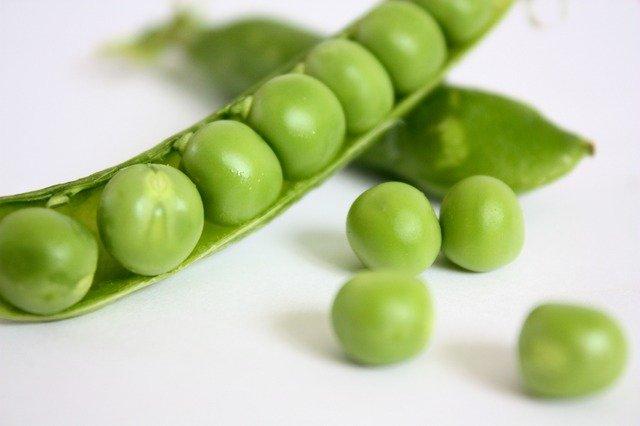
Indian diet guide for dialysis patients
Provide enough energy through diet –
As mentioned above, a patient must provide with ample energy to fight the disease better. As per the Kidney Disease Outcomes Quality Initiative (K/DOQI) an intake of 30-35 kcal per kg body weight per day is considered sufficient. That means, if the patient weighs 60 kg now, the daily energy requirement is somewhere between 1800 – 2100 kcal.
If the patient is below 65 yrs and on peritoneal dialysis, 35 kcal/ kg/ day is recommended.
Now the question is, how to provide so much of calorie especially when a patient has hardly any appetite left.
The majority of this energy should come from carbohydrate and fat-rich foods. Let’s understand what all is allowed or not in detail.
Best carbohydrate sources for kidney patients on dialysis –
The restriction on potassium, sodium, sometimes phosphate makes it complicated to pick any food for kidney patients. The doubt – to eat or not to eat –is always going to be there. However, the table below may help to clear your confusion to some extent.
Table 1: Pick your carbohydrate wisely –
| Safe – May consume daily | Okay – May consume 2-3 times a week | Avoid |
| White rice, Suji, Baby Corn, Puffed rice, Buckwheat | Corn, Jowar, Poha, Maida, Barley, Oats, Dalia, Quinoa, Vermicelli, Handpound rice, Parboiled rice | Bajra. Ragi. Atta, Rice bran, Dry corn, refined sugar |
Always remember moderation and variety is the key for a good diet. Since white rice is the safest option for you, plan to consume it daily maybe twice a day for lunch as well as for dinner. Keep suji upma, bay corn, murmura, buckwheat upma, etc for breakfast and snacks.
As table 1 suggests, feel free to consume oats, dalia, vermicelli, flaked rice, etc once a week. Avoid bajra, ragi, dry corn etc as they are rich in potassium.
The majority (50-60%) of the calorie supply should come from carbohydrates. Remember 1 g of carbohydrate provides 4 kcal of energy. So you really can’t afford to miss your carbs.
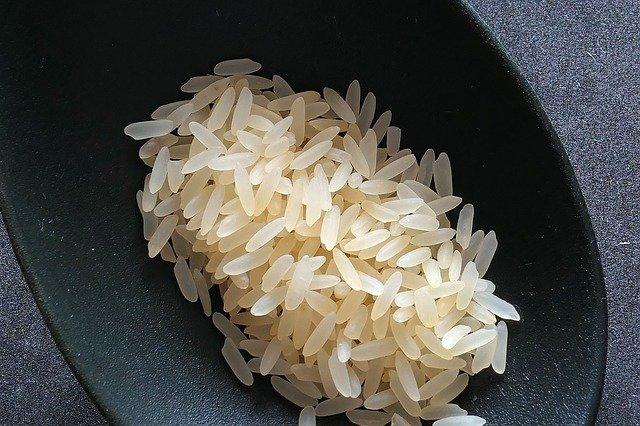
Can kidney patients with diabetes have white rice?
White rice is the safest grain that a kidney patient can consume. Even if you are diabetic, feel free to consume white rice. Don’t worry about its high glycemic index. You don’t eat rice alone. Mixing rice with dal, sabji, ghee, fish/ chicken/ egg, etc, reduce the glycemic index of the food and make it safe for diabetic patients.
The good fat in Indian diet for patients on dialysis –
Lipid disorder is very common for chronic kidney disorder (CKD) patients on dialysis. The HDL-LDL ratio (good cholesterol – bad cholesterol) gets altered. Therefore to protect your heart health, special attention is needed on the quality and quantity of fat the patient is consuming.
25 – 35% of calories should come from fat. 1 g of fat provides 9 kcal. That means a patient on an 1800 kcal diet needs to get 450 – 630 kcal from fat. In simple words, the person must include 50 – 70 g i.e approximately 3-5 tablespoons of fat in the daily diet.
Good fat means a perfect combination of PUFA, MUFA, saturated fat, omega 3, and omega 6 fatty acids. For patients under dialysis –
- <7% of total calorie should come from saturated fat
- Upto 10% of the total calorie should come from PUFA (Poly unsaturated fatty acid)
- Upto 20% of the total calorie should come from MUFA (Mono unsaturated fatty acid)
Getting confused? Sounds very technical? Let’s make it simple.
Considering an 1800 calorie diet, that means one should include approximately –
- 1 teaspoon of ghee (rich in saturated fat)
- 1 handful (20g) of nuts and seeds – peanut, walnut, sesame seed (rich in PUFA, omega3 and omega 6 fatty acid)
- 2-3 tablespoon of cooking oil (Rich in MUFA) – Use filtered or unrefined groundnut oil, coconut oil, sesame oil, mustard oil.
You must consume adequate calories to prevent malnutrition. Therefore the distribution of fat as mentioned above is mandatory in order to stay energetic and keeping heart-healthy.
Sodium, potassium, phosphorous are three major elements that you should be very careful with. All the nuts and seeds may not be safe for you at this moment because of their high potassium, phosphorous content. Avoid consuming –
- Almond
- Cashew
- Pistachio
- Watermelon seed
- Garden cress seed
- Sunflower seed
Consume fiber-rich foods –
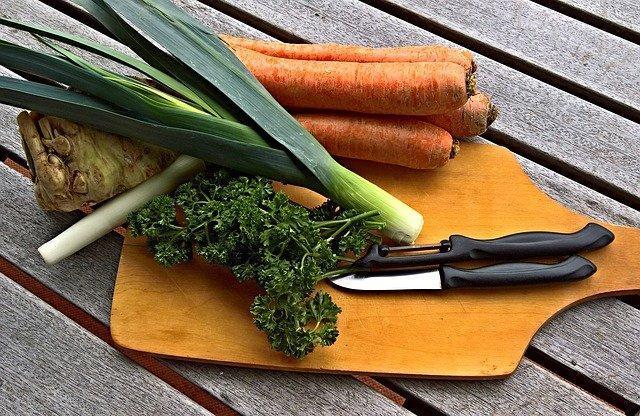
Dietary fiber is the edible yet indigestible part of carbohydrates. There can be soluble and insoluble fiber.
The soluble fiber helps to slow down the rate of digestion and release sugar gradually in the bloodstream and also helps to absorb nutrients in the intestine.
On the other hand, insoluble fiber increases the bulk of the stool and reduces bowel transit time. Needless to say, both are extremely important for you.
Patients under peritoneal dialysis must take fiber very seriously. Constipation is very common among such patients.
The recommendation of fiber in the daily diet –
- For patients under haemodialysis is 30-35 g/ day
- For patients under peritoneal dialysis is 35-45 g/ day
The best way to include fiber is through adding the dal, vegetables, and fruits.
Life is not simple for kidney patients who are on dialysis.
You can’t drink enough water most of the time. There are restrictions on consuming dal, vegetables, and fruits to balance protein, potassium, sodium, and phosphorous. Therefore the question arises, how to get ample fiber as recommended and how to fix constipation?
If there is a will, there’s a way.
Even after having restrictions, there are techniques to cook the vegetables, limited choice of pulses and fruits with variety can help you to achieve the fiber goal.
The list of allowed dal/legumes, vegetables, fruits has been given below in the table no – So don’t forget to check that out.
Be careful with your protein intake –
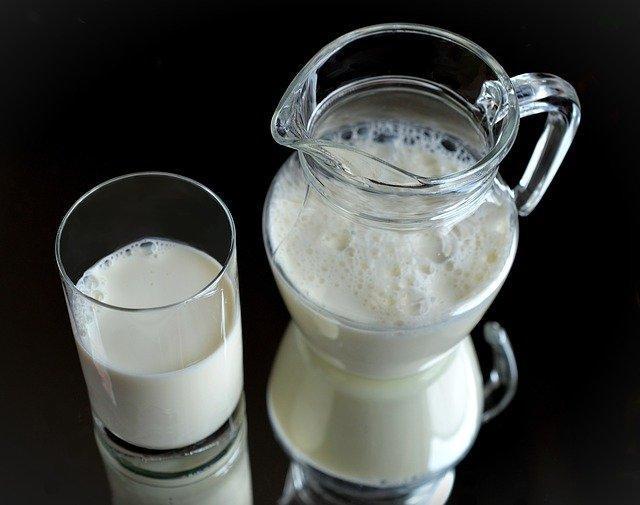
There was always a restriction for protein intake while you were not on dialysis. Since there is a considerable loss of amino acids and protein has been measured during dialysis, a high protein diet is recommended during this time.
K/DOQI recommends protein intake for dialysis patients should be around 1.2 -1.4 g/ kg body weight per day.
For Patients on peritoneal dialysis, 2-15g of protein loss happens every day. Therefore to maintain a positive nitrogen balance, 1.2-1.3 g of protein per kg body weight per day is recommended. However, the patient’s clinical status must be examined frequently.
50% of the dietary protein should come from high biological value protein sources. (1, 2) Considering the potassium, sodium, and phosphorous content of various protein-rich foods, here is the table to follow to pick the best protein to meet the demand –
Table 2: Pick the best protein, based on your food choices –
| Safe – Low in potassium and phosphorous content | Limit – medium in potassium and phosphorous content | Avoid – medium in potassium and phosphorous content |
| Fish like Bata, small varieties of crab, Rohu, Sarputi, Sole, Fresh Tengra | Fish like Beley, Bhetki, Dried Prawn, Hilsa, Katla, Koi, Magur, Pabda, Puti, Pomfret, White prawn, Folui, Fresh Khoyra |
Fish like Bhola, Boal, Small, dried Shrimp, Singi, Seafood, Fish roe |
| Lean goat meat | Beef meat, Duck, Duck egg, Egg (hen), Fowl, Chicken | Organ meat – liver, processed meat – sausage, salami, hot dog |
| Green peas | Bengal gram, Black gram, Cowpea, Green gram, lentil, boiled soybean |
|
| Cow’s milk, Goat milk, Buffalo milk, Curd (Cow’s milk), Chena (Cow’s milk) |
Curd (Buffalo milk) | Cheese, Khoa, Skimmed milk powder, Whole milk powder |
Reference- Art of living with kidney disease, 2nd Edition, Dr. Pritam Sengupta, current books international
NOTE: Most of the dal falls in the “limit” category because of high potassium content. Potassium load is something can be dangerous for the patient. Follow the proper cooking methods to leach out the potassium as much as possible. Plant phosphorous does not have great bioavailability, therefore the dal from the “limit” category can be taken once a week.
Cooking tips to reduce potassium content in food –
- Potassium is heat sensitive. Common Indian cooking methods like boiling, pressure cooking, etc helps to reduce the potassium content of the food markedly.
- Long cooking time also helps to reduce the potassium content
- Soaking is also very effective to reduce the potassium of the food.
- Well soaked and well-cooked dal (any type), soybean, tofu is a good choice for vegetarian suffering from CKD
As per the recommendation, a patient weighs 60 kg need – 72 – 78 g protein per day. The supply may come from adding egg, milk, fish, dal to daily diet. For vegetarians, the protein supply should be ensured by adding enough dal and milk products.
Diet should be rich in vitamins –
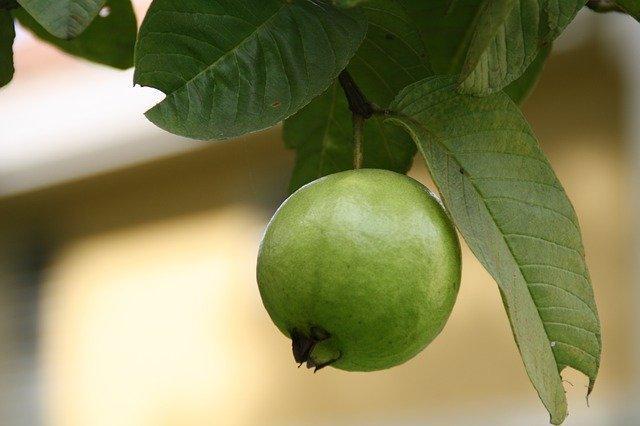
Patients lose a considerable amount of vitamins especially vitamin B complex – thiamine, riboflavin, folic acid, vitamin B6, vitamin C, etc during the dialysis process. The loss needs to be restored immediately through a well-planned diet along with recommended supplementation.
As long as the patient is able to eat properly, this loss of vitamins does not matter much. Adequate cereal, pulse, milk, egg, vegetables, fruits are enough to replenish the loss. Follow tables 1,2 and 3 for a better understanding of what to eat and what to limit.
You must focus on minerals –
As mentioned earlier, sodium, potassium, phosphorous, and to some extent calcium are the major concern in CKD patient’s diets even while on dialysis.
Sodium –
Sodium accumulation in the body will cause water retention and high blood pressure. Therefore, the consumption must be restricted to 2 g per day. The major sodium source in our daily diet comes either from common salt or from processed food.
To keep the limit within 2 g as recommended, you must avoid all possible ultra-processed food from your diet which includes all types of biscuits, instant foods- instant noodles, instant pasta, instant fruit juice, carbonated drinks, instant soup, chips, bhujia, mixture, sauce, cheese spread, spread, seasoning, pickles, etc.
After cutting off all the processed foods, now let’s focus on common salt. First thing first, don’t consider switching to low sodium salt as they are low in sodium but very high on potassium. At present, high potassium salt can be life-threatening.
How to manage diet within 2g salt?
2 g of sodium means approximately 1 tsp of salt. So you need to adjust your entire day’s diet to 1 tsp salt. Sounds like a joke right? CKD patients stop eating for lack of appetite and also due to lack of taste (3).
As mentioned earlier, life is tough for you. However, there is a way.
- Cook food without salt.
- Divide 1 tsp of the salt into four parts for two major meals – lunch and dinner.
- Take a toothpick, and touch the blunt end of the toothpick in salt
- Touch it in the both side of the tongue. Repeat this every time to put food in your mouth.
- The food will taste normal.
- This technique helps to restrict salt consumption and you will be able to finish your food.
- Use tamarind paste to bring a salty taste
Note: The salt requirement for the PD patient needs to be adjusted as per the patient’s blood pressure, sodium level.
ALSO, READ – FREQUENTLY ASKED QUESTIONS ON SALT
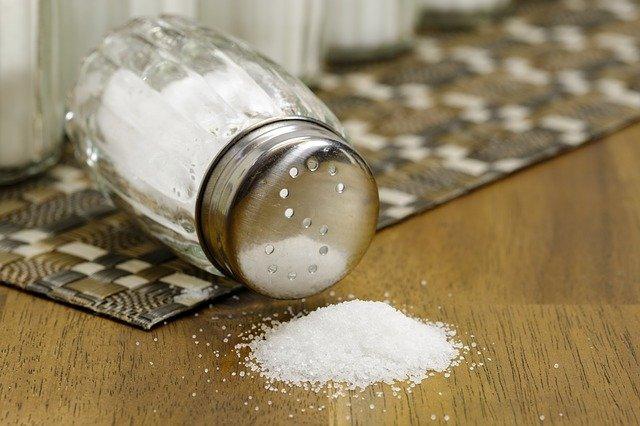
Potassium –
Potassium is like a pacemaker for your heart, muscle, and nerve functions. So any change in the potassium concentration leaves a serious impact on the body by affecting your heart rhythm, muscular activity, and nerve conduction.
- 80-90% of the potassium get excreted via urine
- 5-10% via stool
- 0-5% through sweat
For a CKD patient, even after dialysis, the urine output does not get improved. In addition to that patients especially on peritoneal dialysis often experience constipation. Therefore there is hardly any way to remove the potassium from the body.
Therefore one must be always careful about the potassium content of the food. Regular monitoring of potassium levels is always recommended. (4) If the potassium levels go beyond 6.5mEq, rush to the nearest hospital immediately.
Vegetables and fruits are the richest sources of potassium. The table below will guide you to pick the right one.
Table 3: Choose your vegetable and fruits wisely
| Safe – low potassium content | Limit – medium potassium content | Avoid – high potassium content |
| Beetroot, Pink radish, | Carrot, onion, white radish | Potato, Sweet Potato, Yam |
| Methi | Amaranth, coriander, drumstick, spinach | |
| Bottle gourd, broad bean, cucumber, mango green, parwal, snake gourd, tinda, ridge gourd | Bitter gourd, brinjal, cauliflower, French bean, ladyfinger, plantain flower, green tomato, cabbage, broccoli | Drumstick, jackfruit, green papaya |
| Apple, ripe banana, guava, orange, ripe papaya, pear, pineapple, grapes, | Lichi, sweet lime, watermelon, pomegranate, ripe tomato. | Beal, apricot, red cherries, lemon, sweet lemon, ripe mango, musk melon, sapota, plum, peaches, Coconut water |
Reference- Nutritive value of Indian foods, C Gopalan,2016, National Institute of Nutrition
Note: Since the potassium content of vegetables can be drastically minimized by cooking, you may consider the veggies from the “limit” and “avoid” categories. However for fruits, as no heat treatment is possible, it’s better to stick to the “safe” category as much as possible.
How to cook vegetables to leach out most of the potassium?
- Peel the vegetables
- Chop them into smaller pieces
- Wash them thoroughly with water for 2-3 times
- Take water in a pot – double the volume of the veggies to be cooked (2:1 – water: vegetables)
- Put the vegetables in it and boil
- After boiling discard the water and again repeat the process of boiling adding fresh water
- Then discard the water and take the boiled soft veggies to cook further
Note: For the patient with peritoneal dialysis (PD) –Pd patients often experience low levels of potassium (hypokalemia, potassium level below- 3.5 mEq). Therefore potassium intake needs to be adjusted as required.
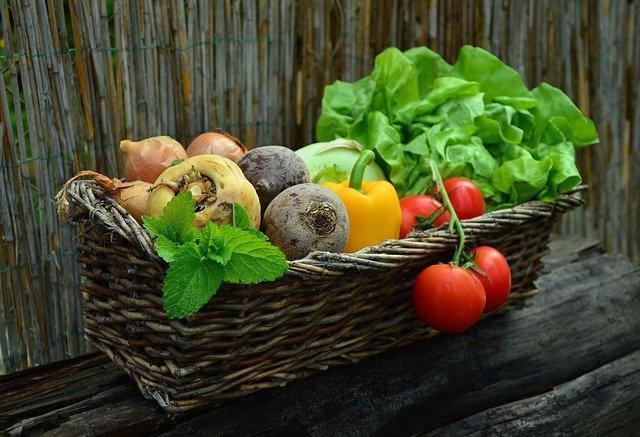
Phosphorous
Patients with CKD often have a higher level of serum phosphorous level which triggers several complications in the body.
There are 3 potent source of dietary phosphorous which needs to be taken under check –
- Organic phosphorous present in the vegetables as phytates etc
- Organic phosphorous present in the animal foods as casein etc
- Inorganic phosphorous present in the additives of processed foods
Note that phosphorous in the plan food generally has low bioavailability (20%-40%). Whereas, animal food has higher bioavailability of phosphorous (40%-60%). Therefore animal protein containing high phosphorous should be avoided. Table 2 has given a clear idea about what to eat and what to limit.
Additives, preservatives present in ultra-processed foods contain phosphorous. Therefore apart from the presence of refined sugar and sodium, now you have a third good reason to stop its consumption today.
Calcium –
Calcium deficiency is often found in especially patients on peritoneal dialysis (PD). 800 mg of calcium is recommended for PD patients. Consumption of milk and milk products, greens, seeds, and nuts may help to supply the regular demand.
However, vitamin D deficiency is also very common among PD patients. Thus measures need to be taken considering these parameters.
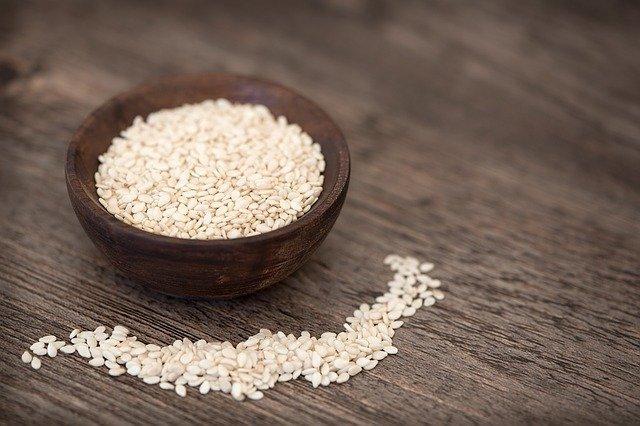
Fluid –
Fluid management is the most complicated and essential part of a CKD diet. Since your kidney is not functioning, the urine output is reduced drastically leading to fluid overload. (5)
For hemodialysis-
The fluid amount is recommended according to your weight gain between two dialysis, residual urine output, and clinical symptoms of fluid overload- swelling, cardiac condition, etc.
For peritoneal dialysis –
The fluid amount is determined based on residual urine volume, ultrafiltration in PD, weight gain, and volume status.
In simple words, the fluid amount needs to be adjusted from time to time. Thirst control is one of the biggest challenges for CKD patients.
How to curb the thirst?
- Brush your teeth frequently
- Rinse mouth with mouth wash
- Chew chewing gum
- Keep frozen grapes in the mouth
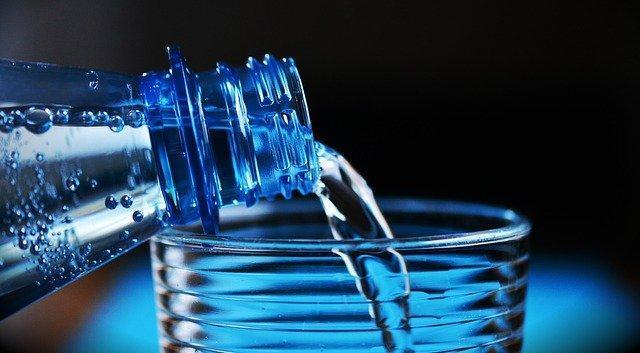
Bottom line
The life of a CKD patient is not easy. There are days when nothing is falling in place. You fix one parameter whereas the other is gone for a toss. That’s the reality. However proper dietary planning, measured food intake can put you in a much better position. Consult a qualified nutritionist for making your life easy. The best thing about the Indian diet is its variety. Follow the Indian diet guide for dialysis patients as much as possible. You will be able to make a difference.

